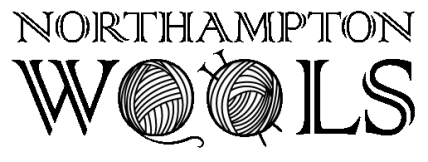Alga
Spanish for "seaplants"
Organic cotton blended with SeaCell and Viscose for a Silky sheen
65% Organic Cotton, 23% Bamboo (Viscose), 13% SeaCell seaweed viscose
306 yards / 100 grams
DK weight / Category 3 Light
Suggested Knitting gauge: 21- 24 sts =4" on US 5-7 needle
Suggested Crochet gauge: 12-17 sts = 4" on 4.5mm-5.5mm hook
Machine wash cold, gentle cycle
Lay flat to dry, do not tumble dry
Dry clean any solvent except trichlo-ethylene
Iron low
What is SeaCell?
Seacell as a fiber is universally used as a blend with something like viscose for knitting or crochet, to make a beautiful non-wool yarn.
The Seacell itself is derived from seaweed, but you won’t smell the sea when you use it!
Producers harvest a seaweed species called Knotted Wrack, which is a brown seaweed notably found around rocks and rock pools, along the shoreline. It is commonly found around the Great British and Irish isles, but is also found in other areas of the North Atlantic Ocean, like the Icelandic Fjords.
The manufacturing process creates filament fibers through a solvent spinning process, just like Lyocell, where dissolved cellulose (wood pulp) is introduced to strengthen and complete the filament fibers for spinning.
The resultant fiber is both breathable and lightweight when spun into yarn and the fabric you knit or crochet is soft and reportedly moisturizing against the skin (where the properties of seaweed remain).
These fiber are then spun with any additions, such as viscose or cotton to create the final yarn.
The finished dyed yarn gives you a non-wool option, with no lanolin.
If you suffer from allergies to wool yarns, this could be a great choice for you!











